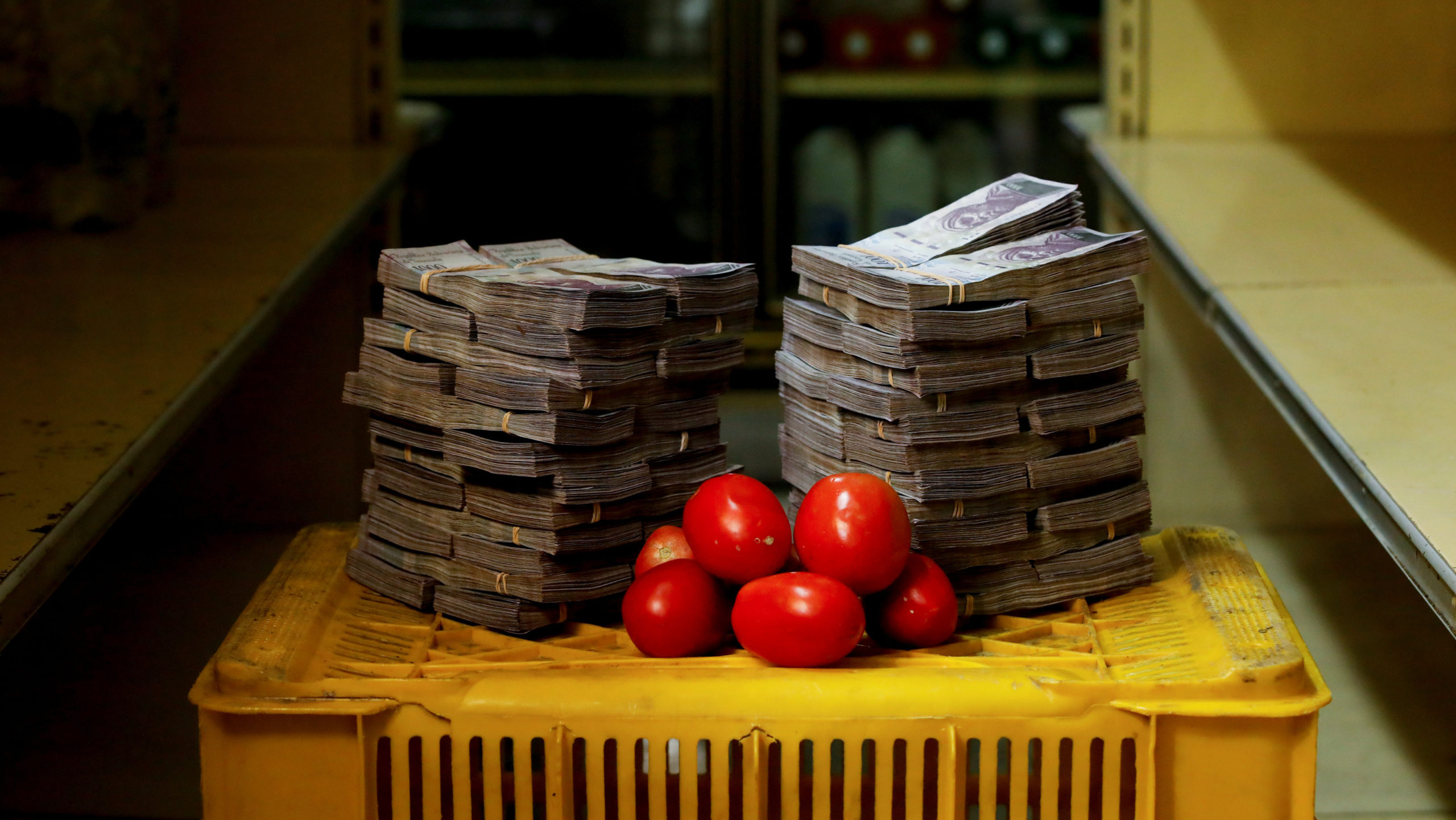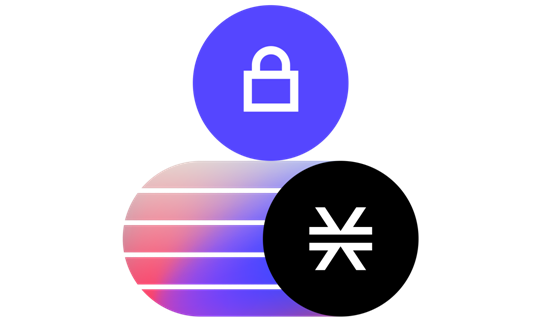Satoshi Nakamoto gave us the Bitcoin Network and a new incentive model – tokenomics which allows users to bootstrap network effects. For the past 12 years, tons of innovation, and experiments have gone into understanding and utilizing blockchain technology and incorporating tokenomics into their products and communities.
There were several attempts to build living communities from the ground up via tokenomics, but none have gained traction and/or endorsements from government officials. Recently, during the Bitcoin 2021 conference, Patrick Stanley Founder of Freehold announced the launch of CityCoins – with Miami being the first city to launch its own coin $MIA. This is probably the first serious attempt in incorporating tokenomics into a city, with significant interest from the community(2,000+ signed up within days) and the endorsement of Mayor Suarez of Miami. While we’re used to tokenomics applied to crypto products and services, e.g. DeFi, Crypto-games, NFTs, etc. MiamiCoin has taken a step further by marrying crypto tokenomics to a city’s treasury fund. While it’s definitely a novel use case that could potentially unlock several new solutions to solve existing problems faced by cities (e.g. misaligned incentives of various stakeholders) and drastically improve the lives of its communities, a more comprehensive understanding of how CityCoins work could help inspire folks to tinker how crypto-tokenomics can be applied in real life. In the following paragraphs, I’ll dive into how tokenomics can potentially be applied to cities, what makes it unique, some potentially game-changing use cases, and considerations that the cities would have to look into.









